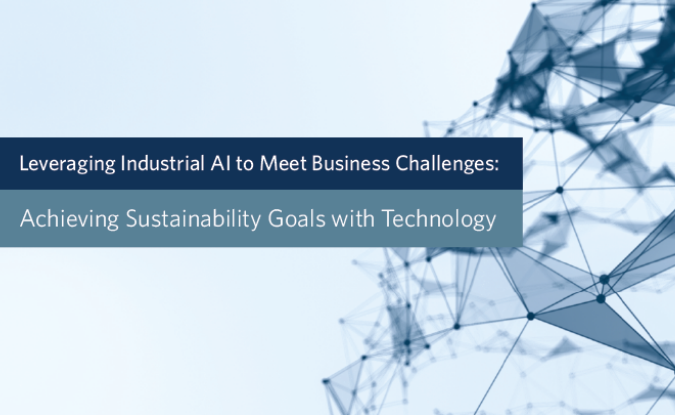For industrial organizations, IoT sensors can offer unprecedented insight into what’s happening inside pipelines and manufacturing processes. Insights such as temperature, flow rates and chemical composition can be measured against many variables, and even captured and analyzed in real-time to discover new opportunities…and potential problems.
Jim Harris, futurist and author of international bestselling book Blindsided!, discussed this and much more with Heiko Claussen, SVP and industrial data scientist at AspenTech. In this blog post, I’ll recap the conversation Jim and Heiko recently had about unlocking value from the deluge of industrial data.
Companies used to record and collect a lot of data – hoping it would be the oil of the future, and they’d be able to attach a magic black box to it to gather insights. We’ve since learned the disadvantages of storing too much data, and the necessity of having a way to decipher what data is important to capture, structure and analyze. According to Heiko, that’s the key to AI at the edge, and turning big data into smart data.
The goal is to extract knowledge from complex data, and then make those insights easily accessible and actionable. Data makes it possible to identify an error in an asset that a plant manager may not have seen before, such as an error in a pump. Ideally, an industrial organization would have the AI and data capabilities to learn from that single pump error, and apply it, as needed, to all pumps and locations before the problem occurs again elsewhere.
Gathering Relevant Data and Knowing How to Use It
Despite all the talk about a data deluge, industrial organizations aren’t always faced with a surplus of data. Data is best leveraged when it’s adapted to the use case, but some use cases are short on data. For instance, complex systems, like those in industrial environments, often don’t break the same way. Therefore, when a break does happen, there may be very little data from which an AI model is trained on, making it difficult for that data to be “smart” on its own.
This is one of the many reasons why customers turn to AspenTech’s Industrial AI solutions and expertise on first principles and data-driven technologies. First principles ensure an asset is running safely in a theoretical optimum, coupled with our Industrial AI technology, that enriches this model with data from the field. This allows for more flexibility because we can operate in areas not seen before, guided by first principles and data that can be tuned to that specific asset. It’s custom fit for that particular device, driving it to operational optimum whether there is too much data or too little.
To learn more about how organizations are unlocking value from their industrial data, watch the full conversation between Heiko and Jim.


.png?h=415&w=675&la=ru&hash=43396C46D1B123E0F65BC3EEA54A7A7E)


Leave A Comment